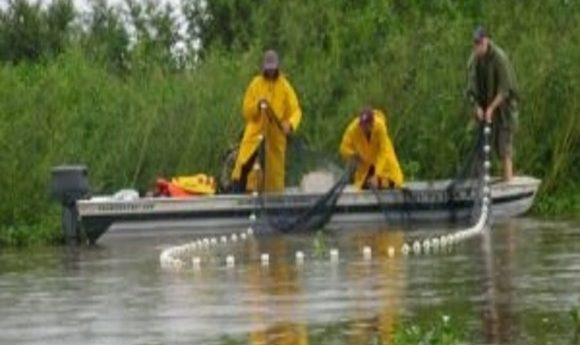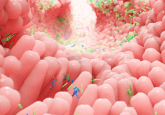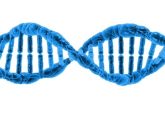Next-generation sequencing: shotgun vs. amplicon

Which sequencing technique is preferable for analysis of field samples?
![]()
The research team collecting samples in Brazil.
Image courtesy of Michael Tessler.
Next-generation sequencing (NGS) can identify the types of organisms present in a given location using environmental DNA (eDNA). The potential for such data in environmental science and public health is enormous. For example, researchers have observed geographic variations in the composition of the human gut microbiome by sequencing microbial isolates from wastewater samples.
To advance these efforts, Michael Tessler from the American Museum of Natural History and his colleagues decided to determine which next-generation sequencing method was the most effective for eDNA analysis. After gathering a series of samples from four Brazilian river floodplains, they compared shotgun sequencing (random sequencing of whole genomes) with amplicon sequencing from the 16S ribosomal RNA gene on the Illumina and Roche 454 platforms, respectively.
“The comparisons were relatively straightforward,” Tessler said. “DNA sequencing used standard protocols and tools for both amplicon and shotgun. Once we had sequences, we chose two taxonomic classifiers that are commonly used, but there are many databases and classifiers that can be used for these types of studies.”
The team compared 49 samples for diversity of bacterial phyla and families and found that amplicon sequencing identified nearly twice as many phyla, including four that were not represented in the NIH whole-genome sequence database. Amplicon sequencing also identified a greater number of bacterial families when compared with shotgun sequencing. Ecologically, the amplicon sequence data corresponded more closely with the taxonomic richness, abundance, and community composition for each of the four floodplains than did the shotgun data.
Tessler believes that the reason for these discrepancies, in part, is because 16S RNA sequences are better-represented in databases. “Targeted amplicon sequencing of 16S is comparatively well-established and relies on an extensive database. Shotgun sequencing outputs a lot of random genomic fragments, but large genome databases are required to identify those sequences. A number of phyla simply don’t have any representatives with sequenced genomes,” he said.
He recommends that researchers interested in eDNA analysis first conduct a pilot study with a few samples to see which method is most suitable for their system. But, “If time and money do not permit, our results suggest some preliminary guidelines. For analyzing microbes from a remote system (e.g., our Brazilian samples), amplicon [sequencing] appears to be more informative. However, for better-characterized systems such as urban environments and microbiomes, the shotgun approach is probably the way to go,” he said. “It is also worth noting that as databases improve, shotgun should continuously improve across all systems and may fully eclipse the amplicon method at some point. We’re just not there yet.”





